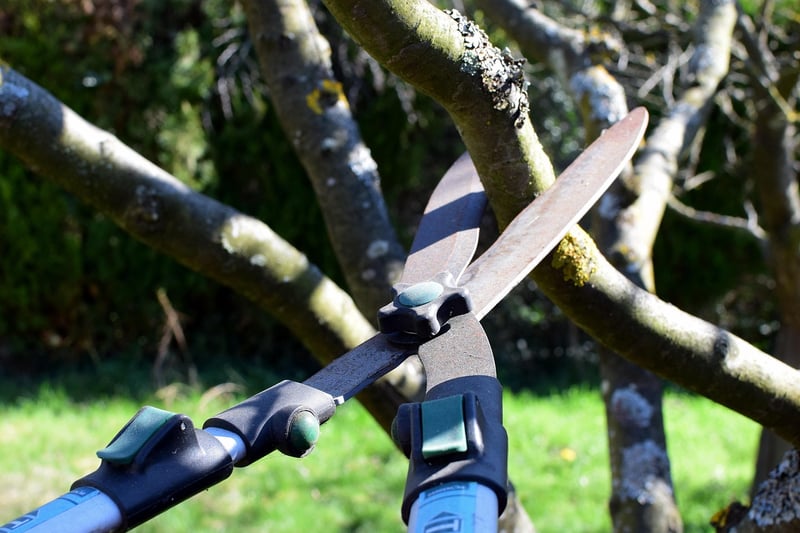Pruning Techniques
Tips for Healthy Plants and Pruning Techniques
Tips for Healthy Plants
Having healthy plants in your garden not only enhances the beauty of your outdoor space but also contributes to a sustainable environment. Here are some essential tips to keep your plants healthy:
- Proper Watering: Water your plants deeply but infrequently to encourage strong root growth.
- Good Drainage: Ensure your pots and garden beds have adequate drainage to prevent waterlogging.
- Appropriate Sunlight: Understand the sunlight requirements of each plant and place them accordingly.
- Fertilize Regularly: Provide essential nutrients to your plants through organic or synthetic fertilizers.
- Pest Control: Keep an eye out for pests and diseases, and take prompt action to prevent infestations.
- Pruning: Regularly prune your plants to remove dead or diseased branches and promote new growth.
Pruning Techniques
Pruning is a crucial aspect of plant care that helps maintain their shape, health, and productivity. Here are some pruning techniques you can use:
- Deadheading: Remove faded flowers to encourage the growth of new blooms.
- Thinning: Remove overcrowded branches to improve air circulation and light penetration.
- Heading Back: Cut back long stems to encourage branching and create a bushier plant.
- Crown Reduction: Reduce the height of a plant by cutting back the main stems to lower branches.
- Rejuvenation Pruning: Cut back old, overgrown plants to stimulate new growth and improve overall health.
By incorporating these pruning techniques into your plant care routine, you can ensure that your garden remains healthy, vibrant, and visually appealing.

Remember, each plant species may have specific requirements when it comes to watering, sunlight, and pruning. It's essential to research individual plants to provide them with the best care possible. With proper attention and maintenance, your plants will thrive and bring joy to your garden for years to come.
